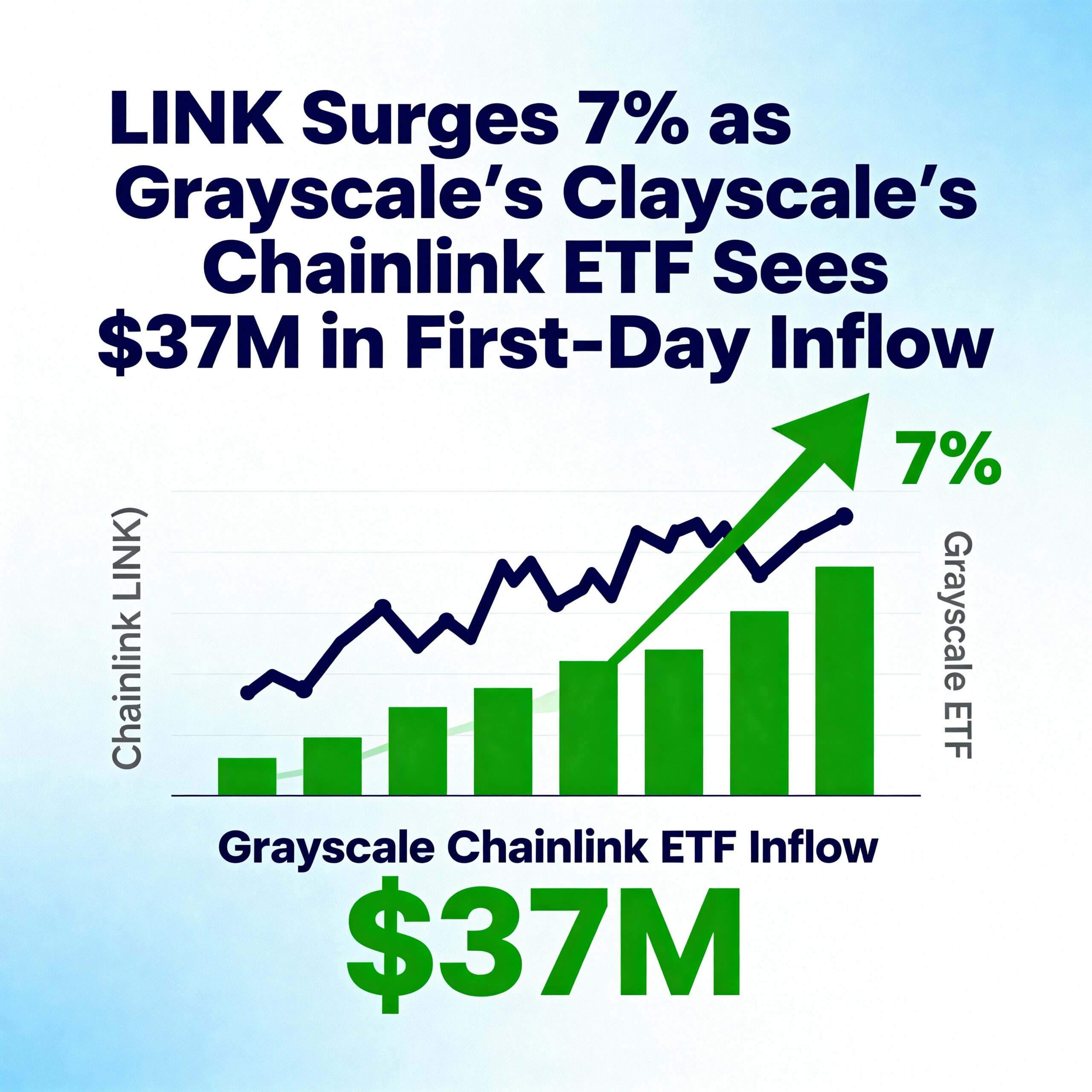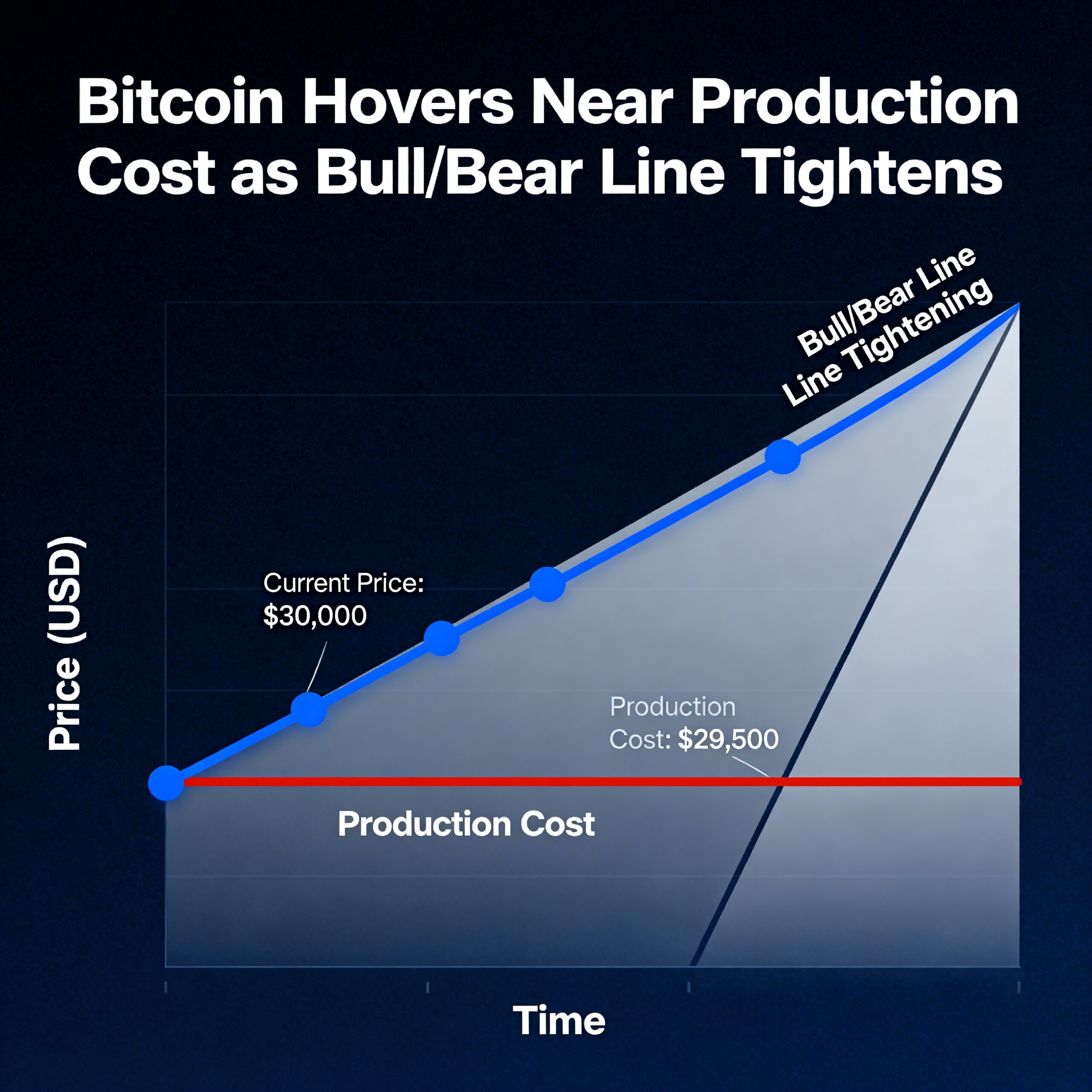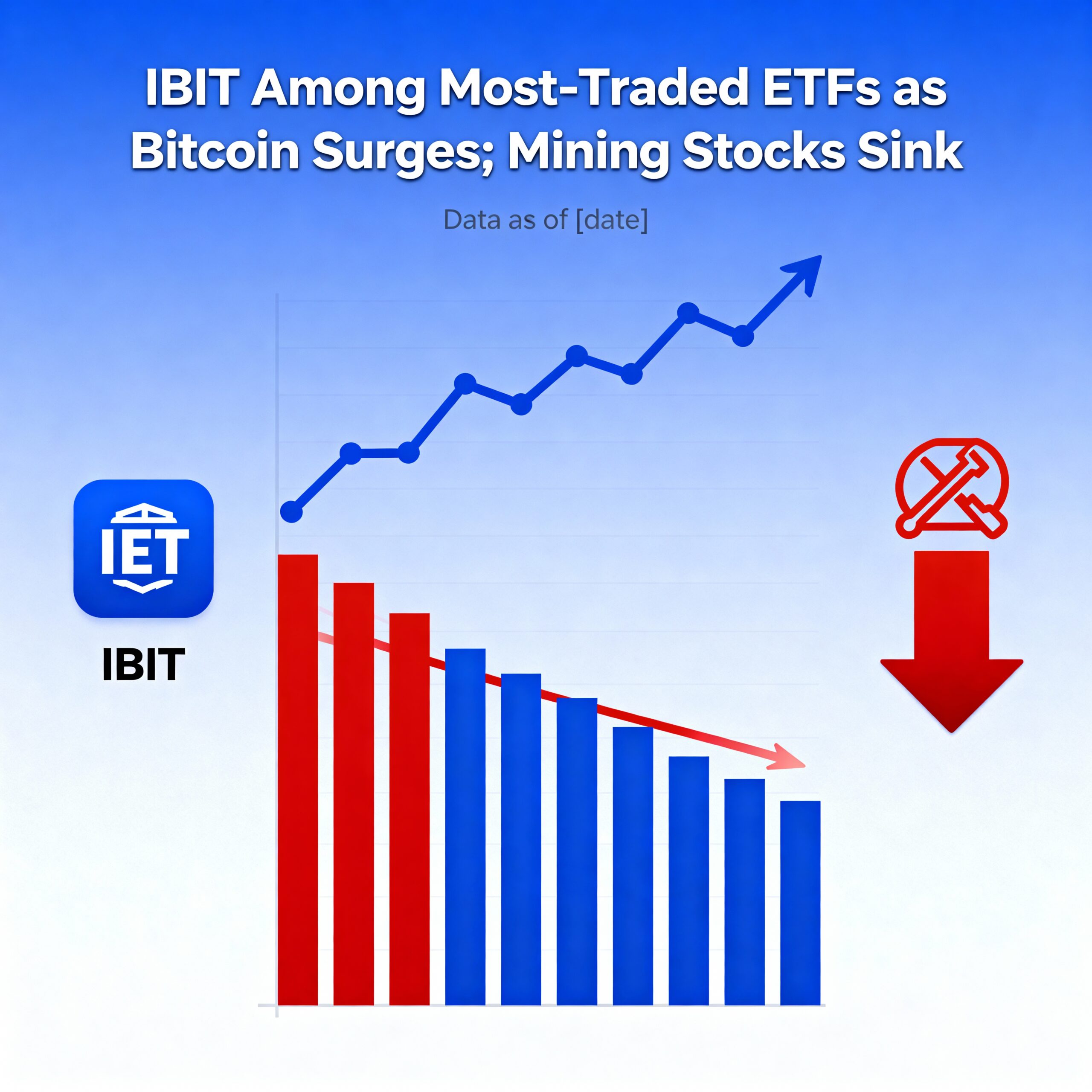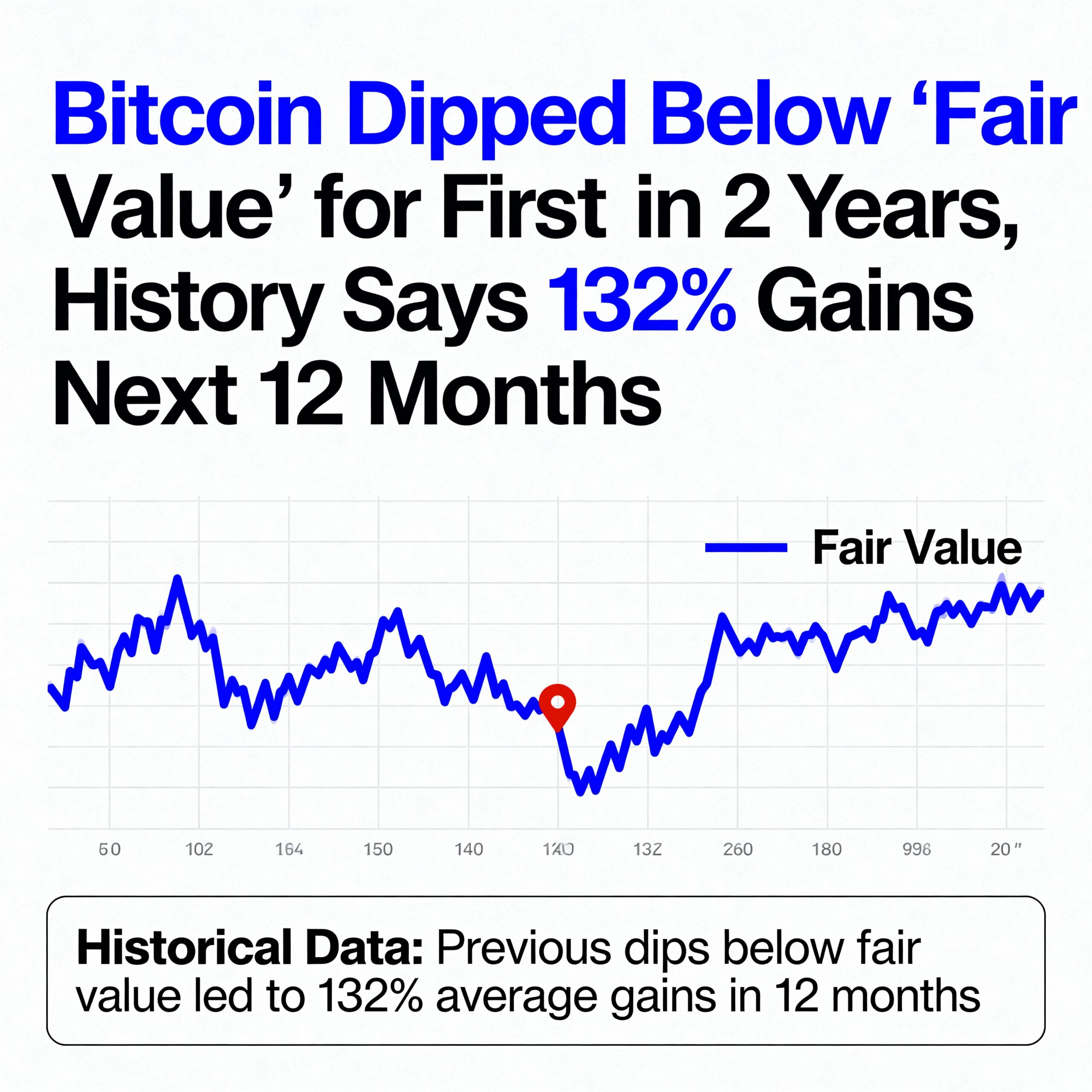
Traders in Bitcoin-linked products experienced substantial losses of $238 million over the past 24 hours, with the majority of the losses occurring during early European and Asian afternoon hours.
A sharp drop in Bitcoin prices below $100,000 led to a loss of $770 million for bullish bets placed on the cryptocurrency, triggering a decline in major altcoins during a turbulent start to the week.
Solana (SOL) and Dogecoin (DOGE) were the hardest hit, each falling over 10%, while other major cryptocurrencies like Ethereum (ETH), BNB (BNB), XRP (XRP), and Cardano (ADA) dropped up to 9%. This led to an overall decline of 8.5% in the total crypto market cap by Monday afternoon in Asia.
Tokens outside the top 20, including memecoin PEPE, Aptos (APT), Gate.io’s GATE, and Virtuals (VIRTUALS), also experienced sharp losses of up to 18%.
In contrast, Jupiter (JUP) was the only token that saw a positive movement, increasing by 3.5% in the past 24 hours after announcing a buyback initiative for tokens using fees generated from its trading platform, potentially leading to hundreds of millions of dollars in net buying volume over the year.
Bitcoin’s price fell below $99,000 early on Monday, with profit-taking ahead of the U.S. Federal Open Market Committee (FOMC) meeting causing a dip. This decline also mirrored losses in U.S. stock futures, where traders were concerned about the growing influence of DeepSeek, a China-based AI technology that could disrupt the U.S. tech market.
Futures markets reflected these declines, with Bitcoin-related products suffering losses of $238 million, Solana and Dogecoin options losing $50 million, altcoin-linked products shedding $138 million, and Ether futures experiencing a $84 million loss.
The largest liquidation took place on HTX, where a Bitcoin tether-margined trade valued at $98.4 million was closed.
Liquidation occurs when traders cannot meet the margin requirements to keep their leveraged positions open, and in the volatile crypto market, such large-scale liquidations can often signal shifts in market sentiment. These areas, marked by high liquidation volumes, can become support or resistance zones, often causing a price reversal due to reduced selling pressure.
If the market continues to decline, short-sellers might further increase their positions, while contrarian traders could see the heavy liquidation as an opportunity to buy in anticipation of a price rebound once the sell-off subsides.





















